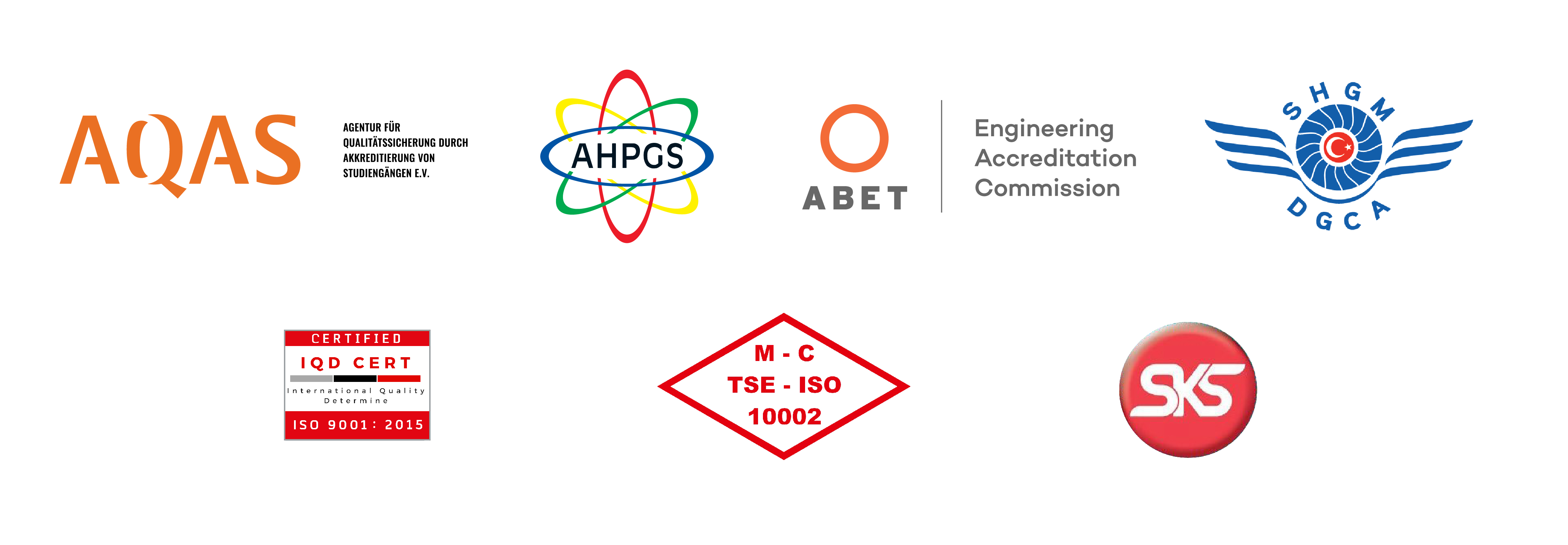Report On Health Literacy Published: It Increases Health Costs and Chronic Diseases
With "Turkey's Health Literacy Levels and Related Factors Survey" which was conducted over 6 thousand 228 households by Directorate General for Health Improvement (DGHI), health literacy levels were determined at the national level. According to the survey, approximately 7 out of 10 people in Turkey were found to have limited or inadequate levels of health literacy. Dr. Yüksel Barut said: “When we look at the study, we see that 4 processes are being examined. As a result, scary numbers emerge. We see that 68 percent of the society does not have health literacy. When a country has low health literacy, health spending and individuals' chronic illnesses is apt to increase."
Based on the conceptual frame reference of European Health Literacy, Turkey Health Literacy Scale-32 (Tsoy-32) has been developed through a group of studies that were carried out by Directorate General of Health Improvement (DGHI) in order to measure health literacy level. Within the scope of "Turkey's Health Literacy Levels and Related Factors Survey", which has been conducted over 6 thousand 228 households, health literacy levels were determined at the national level. In the survey, how the level of health literacy varies according to demographic characteristics, socioeconomic conditions and communication tools that are stated has been examined to be used as a source of information on health-related issues. According to the examination, it was seen that 30.9 percent of the respondents were inadequate, 38 percent were problematic-limited, 23.4 percent were adequate, and 7.7 percent were excellent considering the level of health literacy determined by TSOY-32.
Evaluating the subject, Istanbul Gelisim University Faculty of Health Sciences Vice Dean, Dr. Yüksel Barut and Instructor Bahar Kanbur made suggestions by stating that health literacy should be taught in primary education.
38 PERCENT OF THE SOCIETY HAS NO HEALTH LITERACY
Giving information about the study conducted by DGHI, Dr. Barut said: ‘’There is a study carried out by the General Directorate of Health Improvement. A survey was conducted with individuals from all levels over 6 thousand 228 households. The study is based on two fundemental dimensions. First, treatment and service; the second is on the protection and promotion of health. When we look at it as a process, we see that 4 processes are being examined. We can respectively name them as; accessing information, understanding information, questioning and evaluating information, and finally applying information. These four processes are complementary to each other. In this survey, individuals are asked questions about information and examined in 4 groups as "inadequate", "problematic ones", "medium and near perfect ones" and "excellent ones". As a result, scary numbers emerge. When we look at the inadequate category, it approaches 31 percent, and when we look at the problematic ones, it is almost 38 percent. Adding these percentages, we see that 68 percent of the society does not have health literacy. The rate of those who are perfect is around 7 percent."
INCREASES COST AND RISK OF CHRONIC DISEASE
Noting that healthcare costs increase if the level of health literacy is low, Dr. Barut said: “These rates bring the increase in our healthcare costs. When a country has low health literacy, its spending on health is apt to increase. We are moving away from preventive medicine. However, if the individual had access to information and used it to improve health, the costs would decrease. By doing so preventive medicine and public health will be preserved. The Ministry of Health will evaluate what needs to be done through this questionnaire, but when we look at the basics, it is necessary to provide the first education for how to reach, understand, evaluate and improve the health information of the individuals. "When the education of these concepts is given to the individual, the health expenses of the country will decrease."
Dr. Yüksel Barut continued his words as follows:
“This situation is also related to the general literacy rate. The individuals unquestioningly trust in doctors. Therefore, the patient complies with what doctors say by 70 percent. There are also those who try the solutions their friends or family members suggest. Their rate of doing so is 70-73 percent. When we come to chronic patients, we see the inadequacy of individuals. We also encounter inadequacies about what an individual should do to avoid chronic diseases, and what would happen if he had done it. In the group of primary school graduates in the survey, the low level of health literacy approaches 60 percent, which is a huge number. There are many factors here. The first is about the individual's education, the second is about the individual's environment, and the third is about the individual's access to the health system. But above all, there is an obligation to adopt the concept of health literacy to the individual while providing education. In Turkey, health is always postponed and people visit the doctor when push comes to shove. However, when you see the doctor in the last minute, costs will increase.’’
HEALTH LITERACY SHOULD BE PROMOTED IN PRIMARY SCHOOLS
Stating that according to the general data of the health literacy survey, in terms of "Treatment and Service Process" the rate of inadequacy is 27 percent and 31 percent for the problematic individuals. Dr. Barut said: "Again the number is 58 percent. The adequate level is below 30 percent, the perfect one below 11 percent. We said that the insufficiency of primary and high school graduates was 27 percent. The insufficiency of health literacy of university graduates is 9.6 percent. The inadequacy here is that he is not able to access information, does not understand and evaluate the information he has obtained and does not take any practice that will improve his health. Actually, I want to emphasize that; This situation is not merely related to the school or department the person attends. Health literacy must also be developed as a culture. This education and culture should first be given by the family and then given in primary education”.
MEN'S LITERACY RATE IS HIGHER THAN WOMEN
Stating that the level of health literacy is low, especially in the elderly, Dr. Yüksel Barut also drew attention to the ratio of women and men. He listed the reasons for this inadequacy as follows:
“Of course, over 65 years old is always on the agenda. This group may also have difficulties in accessing information, as they are a bit distanced from technology. Then, the rate of insufficiency in health literacy among the elderly rises to 90 percent. Another sad fact is that 35 percent of women and 26 percent of men have health literacy inadequacy. At this point, our women, who are the heaviest workers, postpone their health because they generally deal with housework, their own jobs and children. Sometimes the procrastination happens when they prioritise their husband’s or children’s health issues. Therefore, the high level of health literacy in women is not due to illiteracy, but from environmental factors. "
IRELAND AND THE NETHERLANDS ARE IN THE BEST POSITION
Talking about the study conducted in Europe, Dr. Barut said: "The European Health Protection Health Literacy Consortium has data from the survey in 8 countries previously conducted. When we compare them, we see that the best places in literacy are owned by Ireland and the Netherlands. Health literacy climbed up to 60 percent in Ireland and up to 72 percent in the Netherlands. But the underlying problem for countries like us is low health literacy.”
IT AFFECTS THE ENTIRE SOCIETY
Emphasizing the need to raise awareness of the society about health literacy, Faculty of Health Sciences lecturer Bahar Kanbur made various suggestions. Kanbur said: “In fact, low health literacy is one of the issues affecting the whole society. Therefore, healthcare professionals and individuals need to increase these abilities and capacities. Of course, this is a multidimensional and multi-sectoral study. Therefore, many stakeholders are required. At this point, individuals need to be able to read their individual health information, interpret their own health charts, use basic devices such as thermometers and blood pressure measurement devices that the individual and his family need, and adjust the doses and timing of their own medicines. For example, it is very important that babies are breastfed in the first 6 months of life. However, we see that it is rarely applied in women with low health literacy in the society. Therefore, these women and their families need to be made aware of by healthcare professionals.”
THE PATIENT SHOULD KNOW THE COMPLAINT MECHANISM
Underlining the need to organize education programs that will increase health literacy in accordance with age, Kanbur said: “It may be good to raise awareness of the elderly on health literacy, to prepare patient-friendly written materials, and to organize awareness-raising campaigns. In fact, there are some campaigns run by the Directorate General for Health Promotion. The rational use of antibiotics, the fight against obesity, and the campaign against addiction can be given as examples. It is important for the patient to know the complaint mechanism. It may be helpful to actively or passively direct them to benefit from these health services. In the meantime, we observe that mobile health applications are also very useful. Because when a person enters all his information here, he can actually make his own health management more clearly.”
THE IMPORTANCE OF MASS COMMUNICATION TOOLS IS GREAT
Stating that the mass media has a great importance regarding health literacy, Kanbur said: “It is seen that half of the society has difficulty in how to evaluate the information obtained from it. So they cannot decide whether the information is correct or not. When we look at the rates here, we see that 48.6 percent of the internet is used. We see that 33 percent of television, 8.9 percent of the newspaper, and 6.5 percent of mobile phone and smart applications are used. This table also shows that the articles and journals should be used more and the importance should be emphasized.’’
.jpg) Created Date: : Wednesday, April 7, 2021
Created Date: : Wednesday, April 7, 2021
.jpg) Created Date: : Wednesday, April 7, 2021
Created Date: : Wednesday, April 7, 2021







